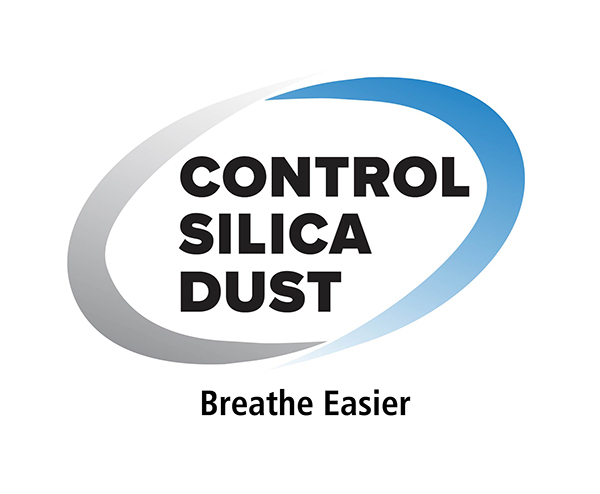Silica, Crystalline
Overview
Highlights
- Hazard Analysis: Lessons and Findings from OSHA’s Emphasis Program on Silica in Engineered Stone (2024) NEW
- Hazard Alert: Worker Exposure to Silica during Countertop Manufacturing, Finishing and Installation [Español]
- Small Entity Compliance Guides
- FAQs for the Construction Industry
- FAQs for General Industry
- Controlling Silica Dust in Construction – Videos for Table 1 Tasks
- Table 1 Task Fact Sheets for Construction
- Video: Protecting Workers from Silica Hazards in the Workplace
- Sample Training Powerpoints
- National Emphasis Program – Respirable Crystalline Silica
- Inspection Procedures for the Respirable Crystalline Silica Standards
- Silica Rule Updates
- Submit a question
- OSHA News Release-New Silica Initiative
Crystalline silica is a common mineral found in the earth's crust. Materials like sand, stone, concrete, and mortar contain crystalline silica. It is also used to make products such as glass, pottery, ceramics, bricks, and artificial stone.
Respirable crystalline silica – very small particles at least 100 times smaller than ordinary sand you might find on beaches and playgrounds – is created when cutting, sawing, grinding, drilling, and crushing stone, rock, concrete, brick, block, and mortar. Activities such as abrasive blasting with sand; sawing brick or concrete; sanding or drilling into concrete walls; grinding mortar; manufacturing brick, concrete blocks, stone countertops, or ceramic products; and cutting or crushing stone result in worker exposures to respirable crystalline silica dust. Industrial sand used in certain operations, such as foundry work and hydraulic fracturing (fracking), is also a source of respirable crystalline silica exposure. About 2.3 million people in the U.S. are exposed to silica at work.
Workers who inhale these very small crystalline silica particles are at increased risk of developing serious silica-related diseases, including:
- Silicosis, an incurable lung disease that can lead to disability and death;
- Lung cancer;
- Chronic obstructive pulmonary disease (COPD); and
- Kidney disease.
To protect workers exposed to respirable crystalline silica, OSHA has issued two respirable crystalline silica standards: one for construction, and the other for general industry and maritime.


